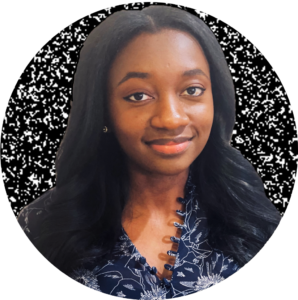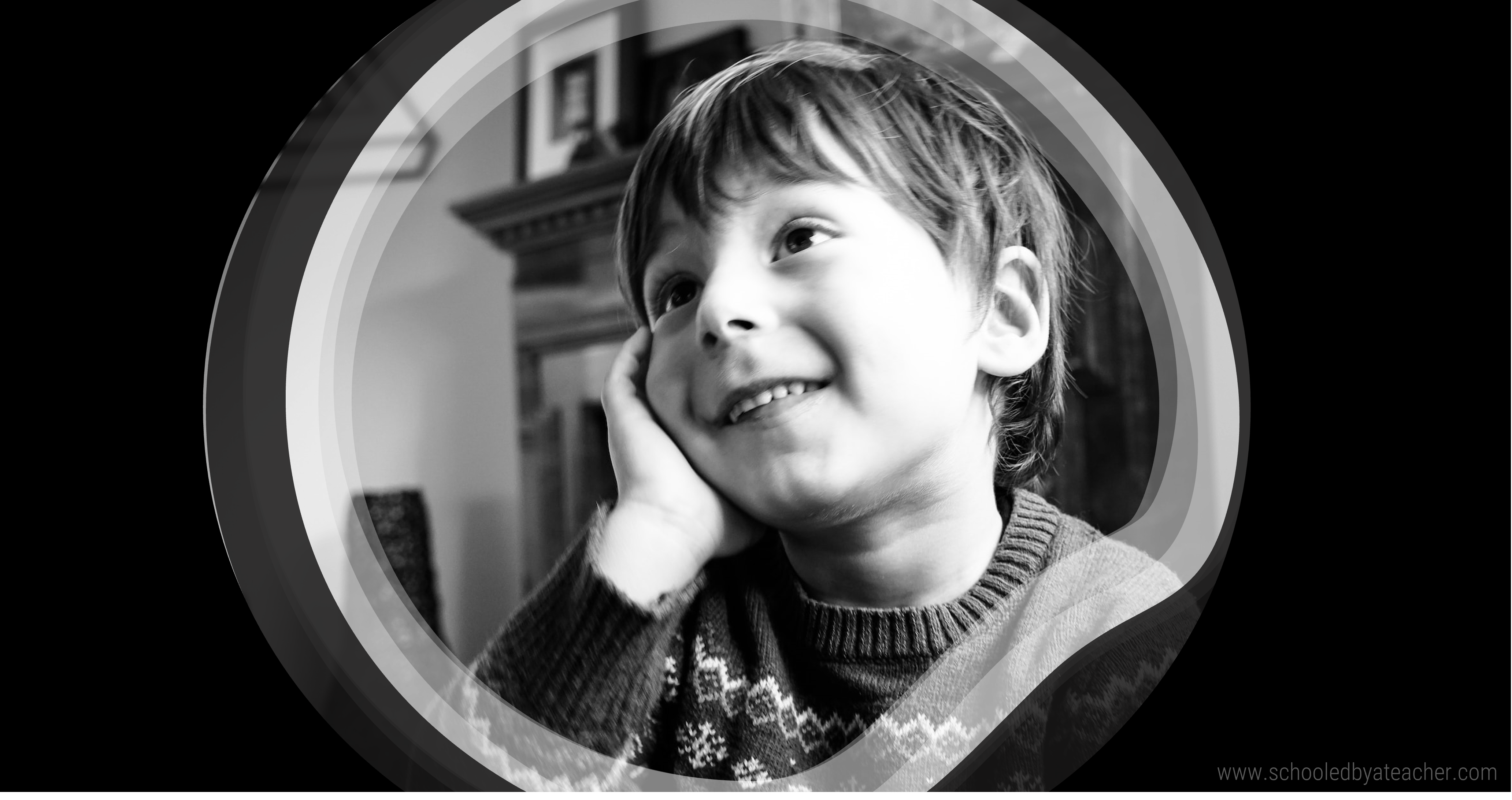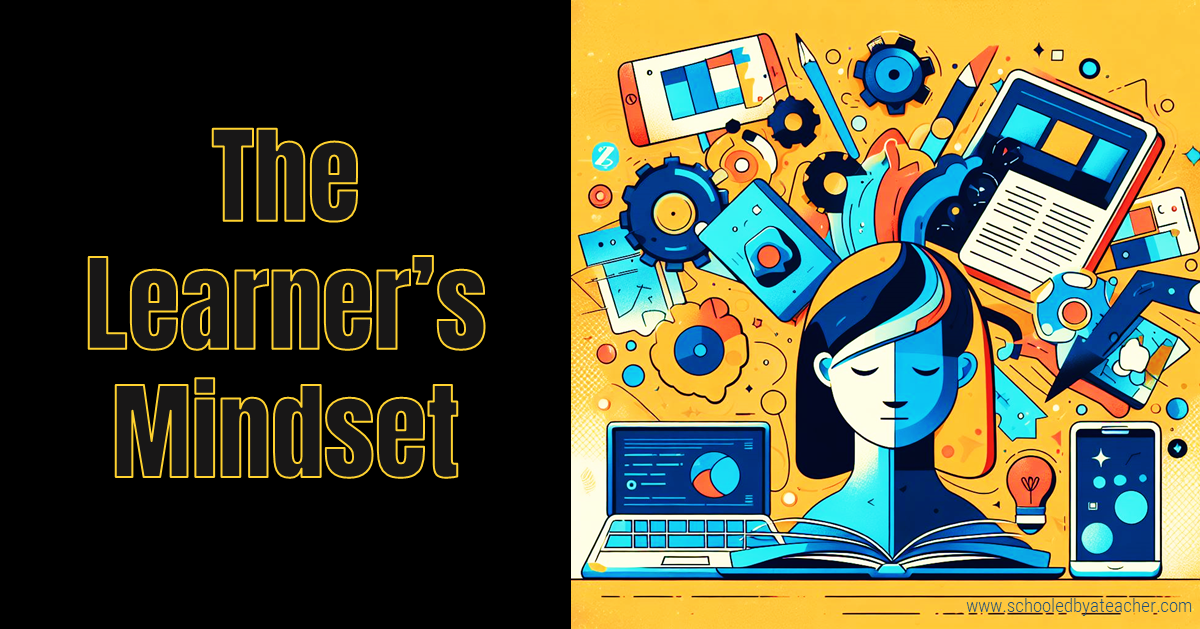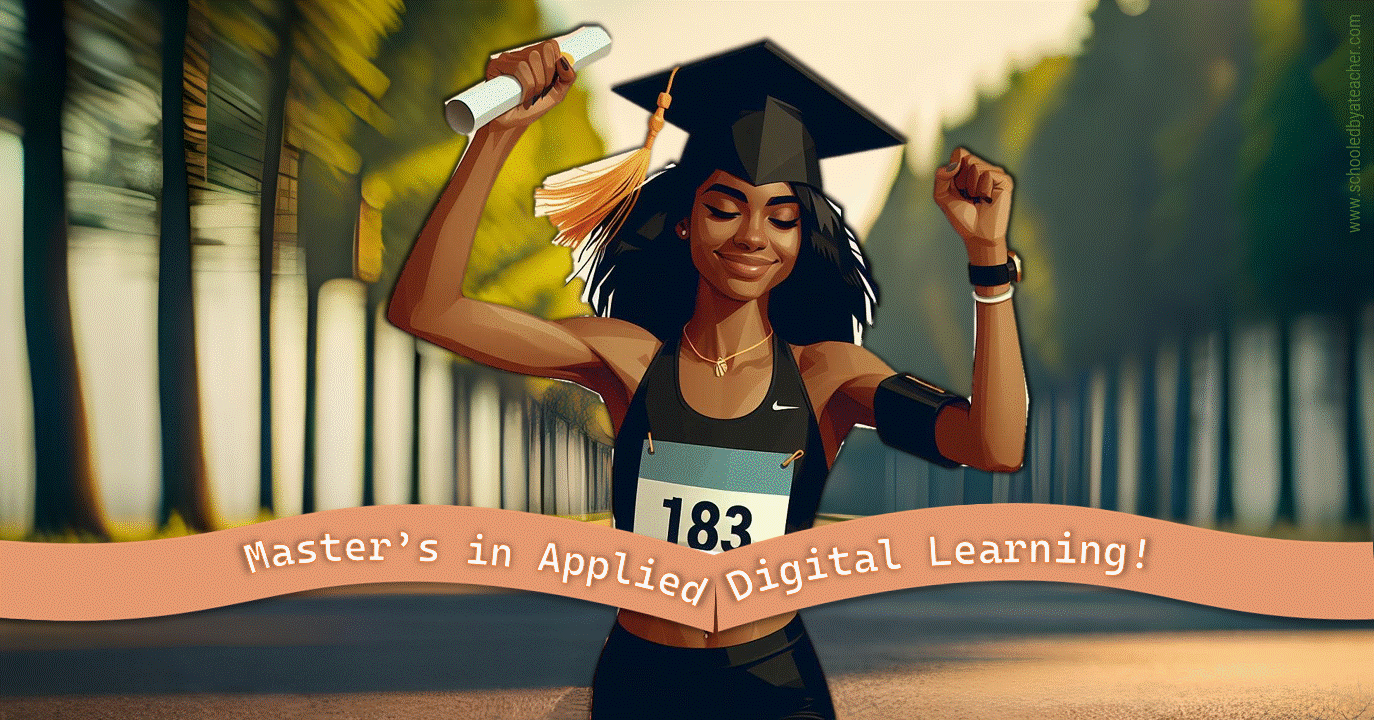I have always believed in the transformative power of education. Education can open doors, unlock potential, and inspire dreams. Education can change lives, communities, and the world. That is why I chose to become an educator, even though I did not major in an education related field during my undergraduate studies; I joined the nonprofit organization Teach For America because I wanted to make a difference in the lives of students who faced educational inequity. I wanted to empower them to pursue their goals and aspirations, regardless of their background or circumstances.
Learning is one of the most essential and rewarding aspects of human life. It is the process of acquiring new knowledge, skills, attitudes, and values that enable us to grow, adapt, and thrive in a changing world. Learning is not only a personal endeavor, but also a social and cultural one, as we learn from and with others, and as we contribute to the common good of humanity. As an educator, I believe that learning is a lifelong process and for me to be a good facilitator of learning, I have to be willing to learn and keep up to date with current trends in not only education but in society at large.
I now work as a learning and development specialist and curriculum developer and have over 10 years of experience in the field of education, I have witnessed and participated in the transformation of learning in the digital age. Technology has opened up new possibilities and challenges for learning, both in formal and informal settings. Technology has enabled us to access, create, and share information and knowledge in unprecedented ways. Technology has also enabled us to connect, collaborate, and communicate with diverse people across time and space. Technology has also enabled us to personalize, customize, and optimize our learning experiences according to our preferences, needs, and goals.
However, I do not think that technology is a panacea or a “cure all” for the challenges present in education and learning. Technology is not a substitute for quality human interaction, nor a replacement for quality content or curriculum. Technology is not an end in itself… It’s a means to an end, and a tool for enhancing learning. In essence, technology is what we make of it, and how we use it: if it is used as a pacifier or a way to keep learners quiet in their seats while they engage in inauthentic practice, then technology is no different than a worksheet or a textbook. On the other hand, if technology is used as a component to a well thought out learning experience that gives students authentic ways to apply what they’ve learned, then technology can be a powerful catalyst for learning that fosters collaboration, communication, problem-solving skills, and innovation that are essential for the 21st century.
With that being said, I am truly passionate about creating learning experiences that strategically use technology to empower learners to explore their interests, develop their skills, and apply their learning in meaningful ways. I believe that learners are not passive recipients of information, but active constructors of knowledge. I believe that learners have unique strengths, challenges, backgrounds, cultures, languages, perspectives, and aspirations that should be respected and valued.
Therefore, I strive to design digital learning environments that are learner-centered, that give learners voice, choice, agency, and autonomy in their learning process. I strive to use technology as a tool for inquiry, problem-solving, and communication, and not as a substitute for authentic and relevant content.
Some examples of how I have implemented these principles in my practice are:
• Developing my own lesson plans and teaching tools because in my first year of teaching, I quickly realized that textbooks are not authentic and engaging. I also created interactive activities such as projects, games, simulations, etc., to enhance learner engagement and comprehension.
• Developing eLearning modules for middle school students during the 2020 pandemic lockdowns. I used the online platforms Schoology and Google Classroom to deliver asynchronous learning opportunities for students who were not able attend school physically. I used multimedia tools such as Screencastify, Flipgrid, and PowerPoint to create and share instructional videos, audio recordings, and slideshows that explained key concepts and provided feedback.
• Creating and refining a Technology-Enhanced Project-Based Learning curriculum for newcomer emergent bilingual students. I collaborated with my long-time educational planning partner to develop a curriculum that integrated language development, content learning, and technology use for students who were new to the country and have limited English proficiency. The curriculum was based on the principles of project-based learning, multilingualism, and translanguaging, and aimed to develop students’ academic, linguistic, and motivational capabilities.
Looking to the future, two areas that I have already started to learn about are:
• How to leverage the potential of artificial intelligence and gamification in digital learning, and how to address the ethical and social implications of these technologies, and:
• Ways to foster a culture of innovation and collaboration among educators and learners, and how to facilitate impactful professional development and peer learning in digital spaces.
As I conclude my learning manifesto I want to note that this is not a fixed or final essay. It is a living and evolving expression of my identity and values as an educator and a lifelong learner. It is a guide and a reminder of my purpose and passion for teaching and learning. It is also a challenge and an invitation to myself and others to keep learning and growing as professionals and individuals.






1 thought on “Learning Manifesto”
Pingback: Collaboration in Learning (5302) and Strategizing (5304) - Schooled by a Teacher
Comments are closed.